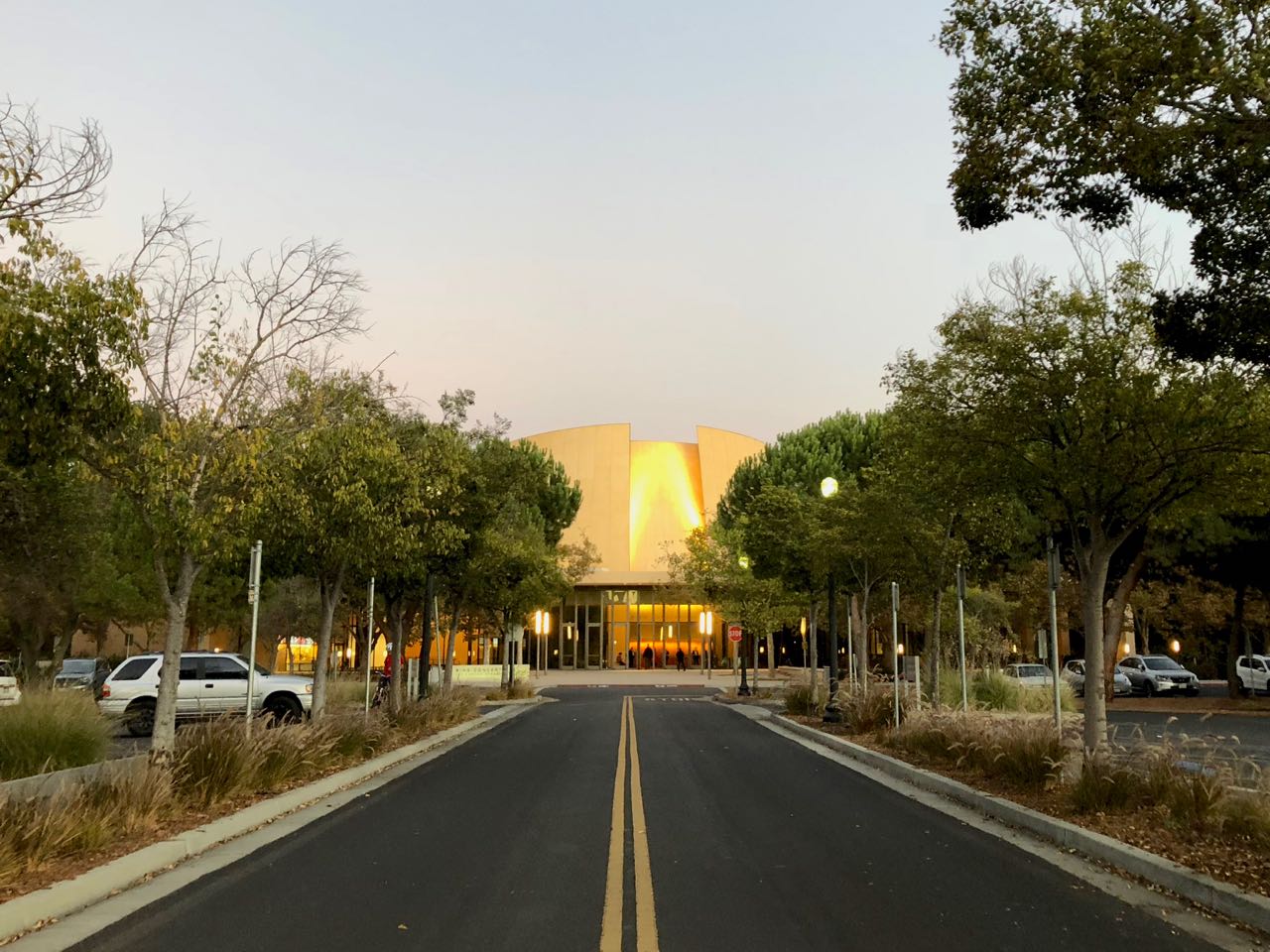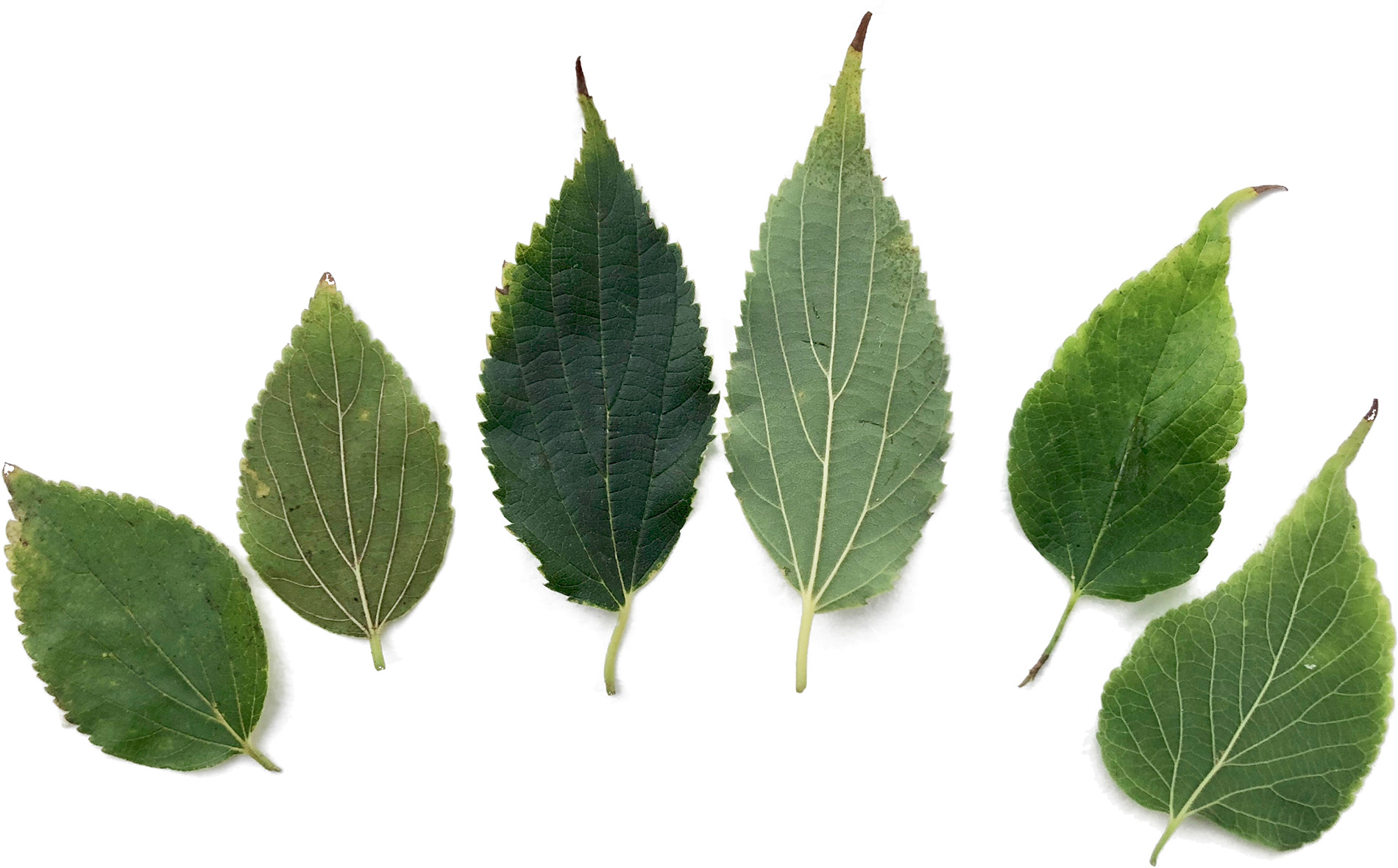Celtis sinensis
 Chinese hackberry
Chinese hackberry


Not as large a tree as C. occidentalis and with somewhat smaller leaves. The light gray bark on the trunk is smooth or finely rough and has distinctive level scars every 3 inches. Many of the trunks have furrows that widen toward the base.
Chinese hackberries line Museum Way from Lomita Drive to Lasuen Street. A couple of dozen encircle the green at Gerhard Caspar Quad and extend to the adjacent entrances of Castaño and Lantana Halls. A row of six are nearby, behind the northernmost wing of Kimball Hall.
Eleven on Via Pueblo in step with the columns on the Center for Integrated Systems were replaced with Chinese pistaches. Three dozen used to be seen at the Arrillaga Family Sports Center, on the sides facing Taube Tennis Center and Avery Aquatic Center.
Chinese hackberries have been infected with the imported Asian woolly hackberry aphid since the early 2000s. Stanford’s Grounds staff used to band the trees with a sticky product that kept out of the canopies the ants that would protect the aphids from predators such as ladybird beetles.
About this Entry: The main text of this entry is from the book Trees of Stanford and Environs, by Ronald Bracewell, published 2005. Sairus Patel indicated early 2000s as the time of the advent of the aphids, added Caspar Quad locations, noted Via Pueblo, Sports Center removals; family updated from Ulmaceae to Cannabaceae; all locations now accurate (Sep 2019).



